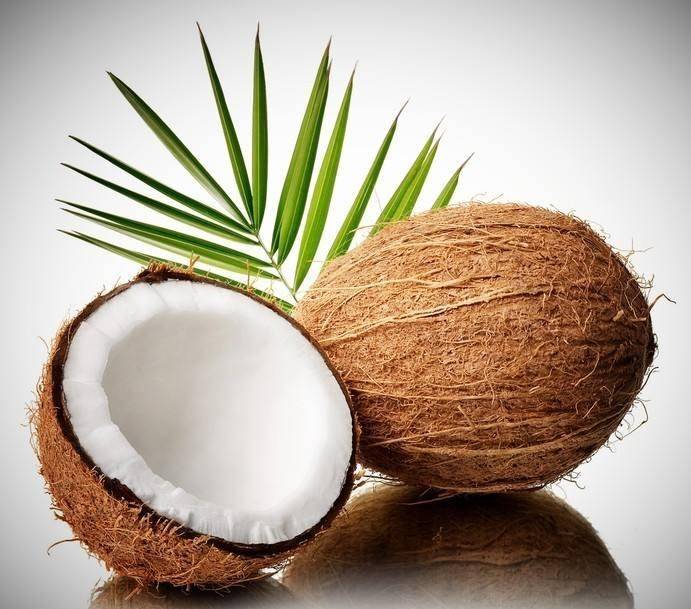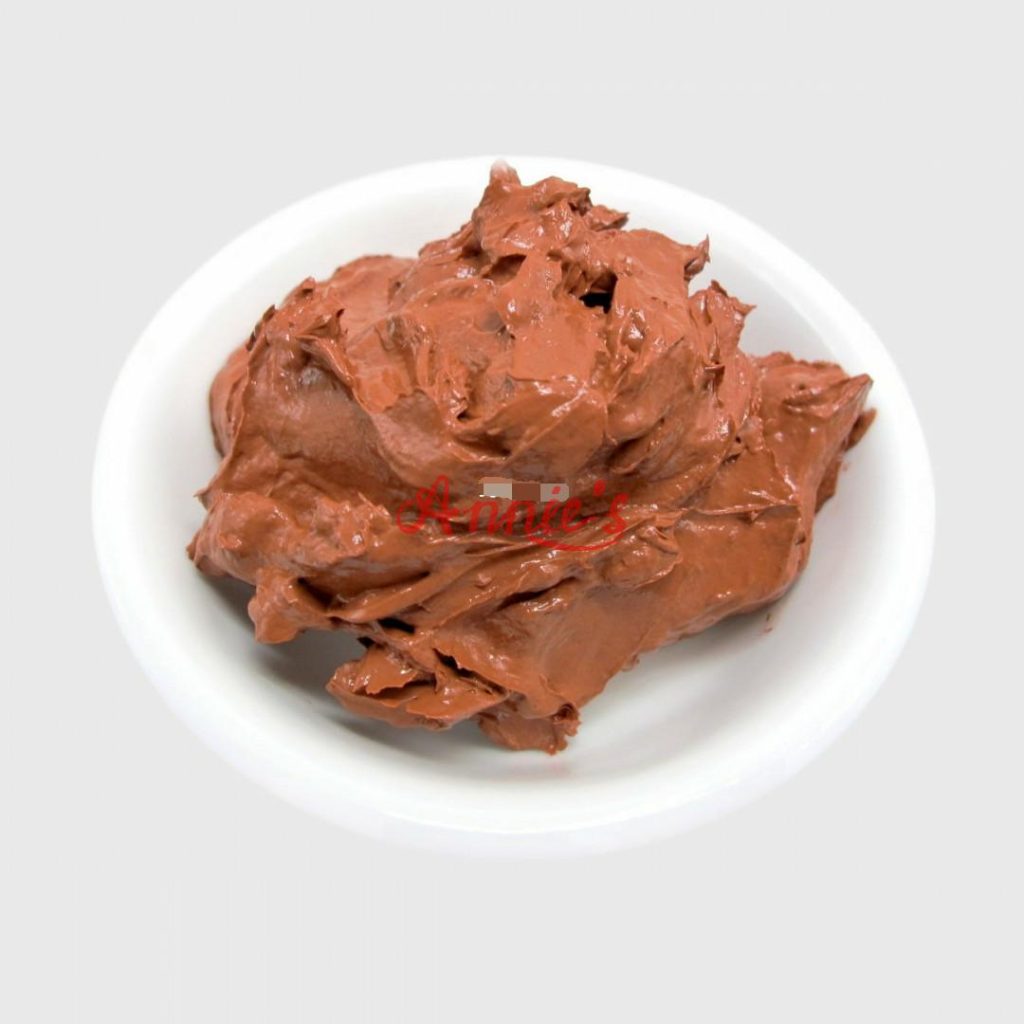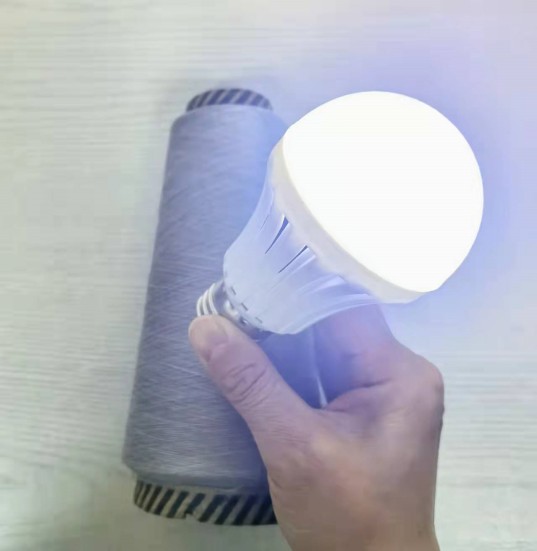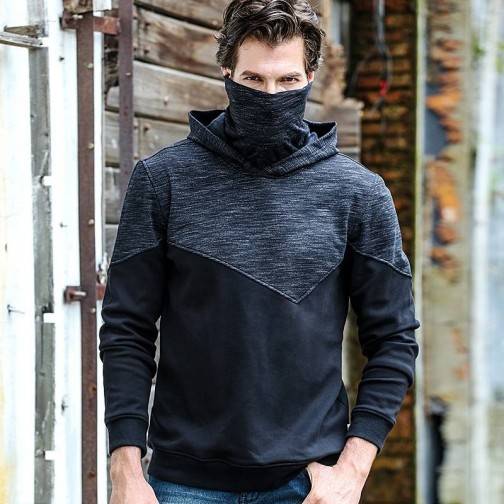Have you ever felt uncomfortable during a workout because your clothes were soaked in sweat? Or maybe you’ve experienced that unpleasant chill when your damp shirt clings to your skin after exercise? If so, you’re not alone. These are common issues that many athletes and fitness enthusiasts face. But here’s the good news: moisture-wicking fabrics in sportswear can solve these problems and revolutionize your workout experience.
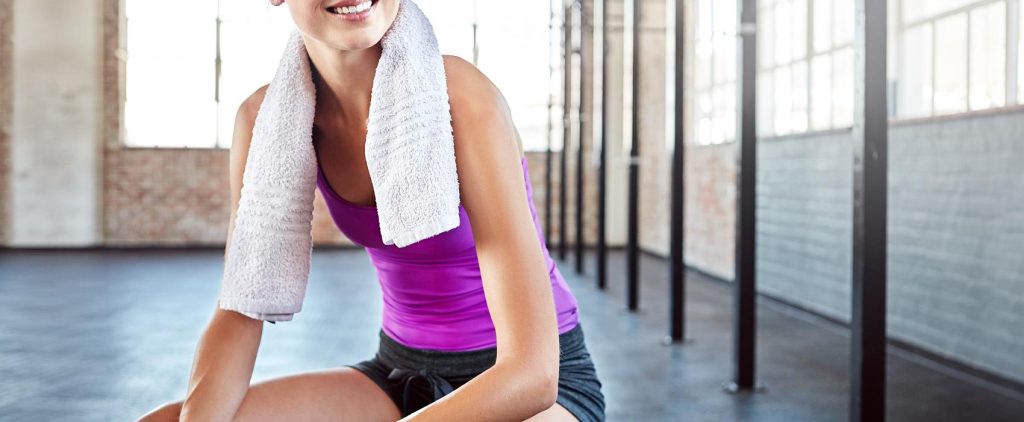
Sweat is our body’s natural cooling system. When we exercise, our body temperature rises, triggering sweat glands to release moisture. This moisture evaporates from our skin, cooling us down. However, if our clothes don’t manage this moisture effectively, we can end up feeling hot, sticky, and uncomfortable.
This is where moisture-wicking fabrics come into play. These innovative materials are designed to draw sweat away from your skin and disperse it across the fabric’s surface, where it can evaporate quickly. But how exactly do they work, and what benefits do they offer? Let’s dive in and explore the world of sweat wicking fabric and quick drying fabric.
How Moisture-Wicking Fabrics Work
Moisture-wicking fabrics are typically made from synthetic fibers like polyester or nylon, or natural fibers like merino wool. These materials have special properties that allow them to transport moisture away from the skin.
One new technology in this field is the 8C microporous fabric. This innovative material features a unique 3D structure with grooves shaped like the shape “8C”. These grooves create a powerful capillary action, pulling moisture away from the skin and spreading it across the fabric’s surface.
The 8C microporous structure works in four stages:
- Absorption: The fabric quickly absorbs sweat from your skin.
- Conduction: Moisture is conducted through the fabric’s fibers.
- Diffusion: The sweat spreads out across the fabric’s surface.
- Evaporation: The moisture evaporates into the air, helping to cool you down.
This process happens much faster than with traditional cotton fabrics, which tend to absorb moisture and hold onto it, leaving you feeling damp and uncomfortable.
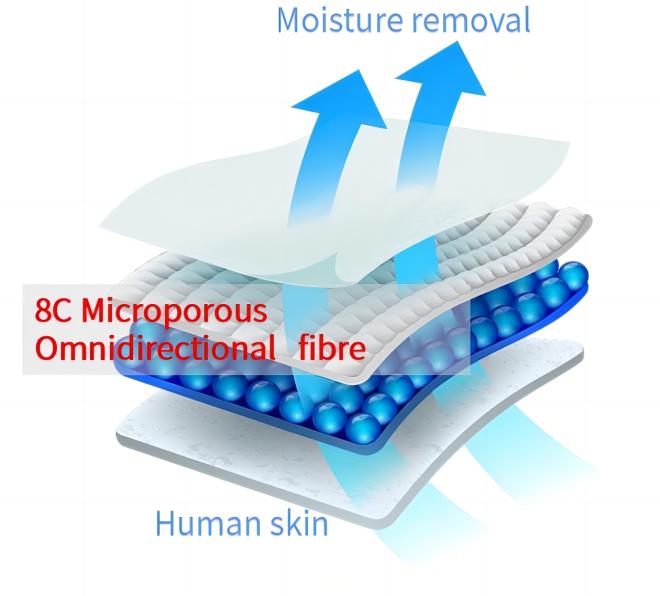
Benefits of Moisture-Wicking Fabrics in Sportswear
Now that we understand how these fabrics work, let’s explore their benefits:
- Keep You Dry and Comfortable
The primary advantage of sweat wicking fabric is its ability to keep you dry during exercise. By quickly moving sweat away from your skin, these fabrics help you avoid that uncomfortable, sticky feeling. This can make a significant difference in your comfort level during intense workouts or long training sessions.
- Regulate Body Temperature
Moisture-wicking fabrics play a crucial role in thermoregulation. As sweat evaporates from the fabric’s surface, it helps cool your body more efficiently. This can prevent overheating during intense exercise, allowing you to perform at your best for longer periods.
- Reduce Chafing and Skin Irritation
When fabric gets soaked with sweat, it can stick to your skin and cause chafing. This is particularly problematic in areas where there’s a lot of friction, like under the arms or between the thighs. Quick drying fabric minimizes this issue by keeping your skin drier, reducing the risk of chafing and skin irritation.
- Odor Control
Many moisture-wicking fabrics also have odor-resistant properties. By quickly evaporating sweat, these materials give bacteria less time to grow and cause unpleasant smells. Some fabrics are even treated with antimicrobial agents for extra odor protection.
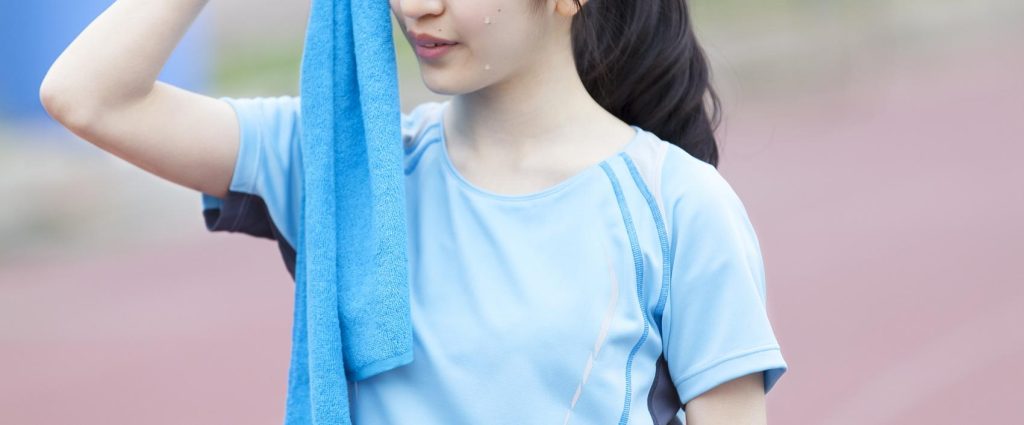
- Lightweight and Breathable
Moisture-wicking fabrics are often very lightweight and breathable. This makes them ideal for sportswear, as they don’t add unnecessary bulk or weight to your outfit. The 8C microporous fabric, for example, is known for its ultra-light and breathable properties.
- Versatility
While particularly beneficial for high-intensity activities, moisture-wicking fabrics are versatile enough for various types of exercise. Whether you’re into cycling, jogging, yoga, or any other sport, these fabrics can enhance your comfort and performance.
- Quick-Drying
As the name suggests, quick drying fabric lives up to its promise. This is particularly useful if you’re exercising outdoors or in variable weather conditions. If you get caught in a light rain or work up a serious sweat, your clothes will dry much faster than traditional cotton garments.
- Improved Performance
By keeping you dry, comfortable, and at an optimal temperature, moisture-wicking fabrics can actually improve your athletic performance. When you’re not distracted by discomfort or overheating, you can focus more on your workout and push yourself further.
Real-World Applications
Let’s consider how moisture-wicking fabrics benefit different types of activities:
For cyclists, moisture-wicking jerseys and shorts can prevent the discomfort of sitting on a bike seat in damp clothes for hours. The quick-drying properties are especially useful for long rides where staying dry is crucial for comfort and preventing saddle sores.
Runners can benefit from head to toe moisture-wicking gear. From caps that keep sweat out of your eyes to socks that help prevent blisters, these fabrics can make your run much more enjoyable and potentially improve your performance.
Even in lower-intensity activities like yoga, moisture-wicking fabrics shine. They keep you dry during hot yoga sessions and prevent slipping on your mat due to excessive sweat.
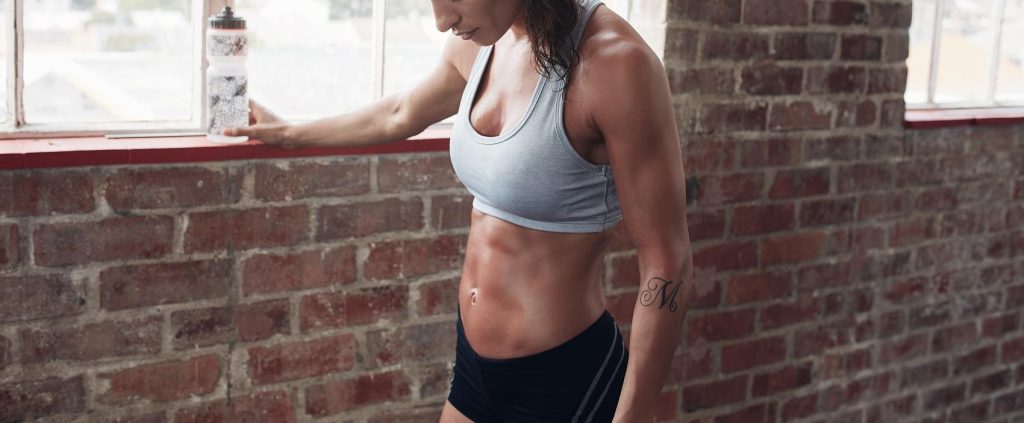
The Future of Sportswear
As technology advances, we’re seeing even more innovations in moisture-wicking fabrics. The 8C microporous fabric is just one example of how manufacturers are pushing the boundaries of what’s possible in sportswear.
These advancements aren’t just about performance – they’re also focusing on sustainability. Many companies are now producing moisture-wicking fabrics from recycled materials or developing biodegradable options, addressing the growing demand for eco-friendly sportswear.
In conclusion, moisture-wicking fabrics have transformed the world of sportswear, offering numerous benefits that enhance comfort, performance, and overall enjoyment of physical activities. Whether you’re a professional athlete or a weekend warrior, investing in clothing made with sweat wicking fabric and quick drying fabric can significantly improve your exercise experience. So next time you gear up for a workout, remember: your choice of fabric can make all the difference in how you feel and perform.
Reference data:

